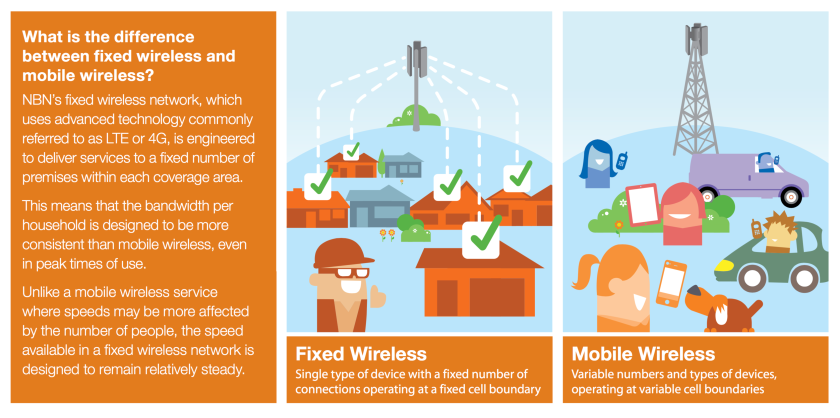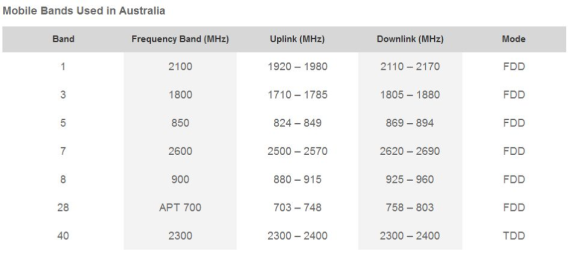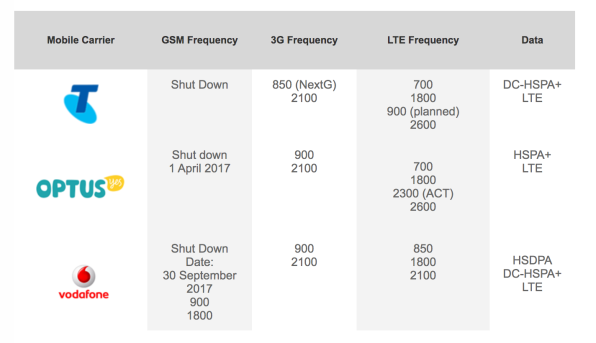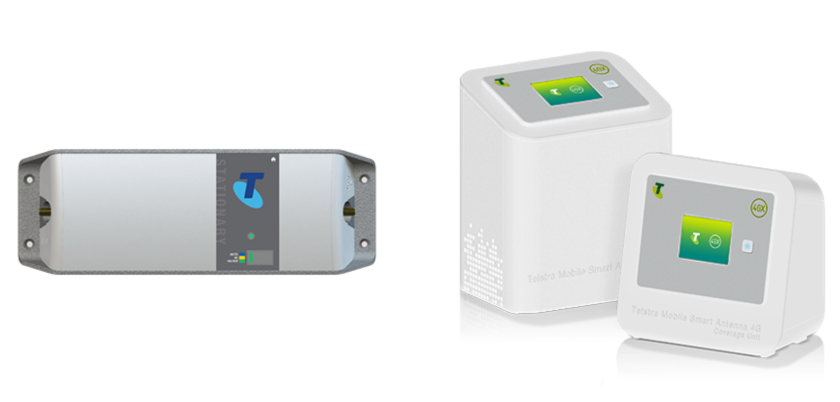BIRRR Guide to Antenna & Equipment Suppliers & Installers
Passive Antennas are usually mounted on the roof (e.g. yagi antennas) and do not require licensing.
Active Antennas such as the Nextivity Cel-Fi Repeaters / Telstra Branded Smart Antennas (that require power) do require licensing. If they are not licensed they are ILLEGAL boosters.
Illegal boosters carry a large fine as they can interfere with the mobile network.
” It is an offence under the Radiocommunications Act 1992 (the Act) to operate an unlicensed radiocommunications device, or possess this device for the purpose of operation. A person found guilty of this offence may be imprisoned for two years for each offence. A body corporate may receive a penalty of up to $270,000 (1,500 penalty units) per offence (sections 46 and 47 of the Act). Other penalties may apply, such as the interference offence provisions at Part 4.2 of the Act.” ( ACMA )
The key components of a passive antenna installation are:
- Selection of the correct antenna. The correct antenna is one that works for the bands/ frequencies that are broadcast by your service provider at your location. BIRRR recommend reading through our mobile network enhancement page and getting a desktop site survey done. The chosen antenna must have appropriate directional gain. Where there are several competing towers, an omni-directional antenna might be suitable. For some locations, a good internal antenna placed in an optimum location by a window, may be all that is required. See Telco Antennas – Antenna Selection Guide , it explains which antennas work best in various geographic locations.
- Antenna location ie how high, best location on roof etc. This can be a tedious task, but well worth the effort. It is known as the ‘antenna dance’. If you get signal outside, your mobile phone may be used to find the spot with strongest signal. Ensure that your phone supports the same bands as your modem and the service that you are ‘chasing’. Follow the directions listed in this document. The signal level will display in a negative value in dBm. The lower the negative value the stronger the signal e.g.-81dBm is stronger (better) than -89dBm.
- A suitable mast. Your TV antenna or your satellite dish mast may be suitable, but then again they may be in a poor location for mobile data.
- Where to best point a directional antenna. Your desktop signal survey will have located the towers which service you. Use Google Earth or similar to determine the direction of these towers from your location. Point your antenna accurately by using local landmarks that indicate the direction of the required tower.
- A gas arrestor may assist in lightning protection of your equipment. Install a gas arrestor and grounding (as required). Seek professional advice for optimal installation of these devices. Contact your equipment provider.
- Once the installation is complete, re-check the signal level and fine tune the antenna direction by using your indoor modem, hotspot mobile phone or Cel-Fi repeater signal level screen. This will also check that your coaxial connections are sound.
- Coaxial connectors cause signal loss. Good quality connectors minimise this. Use N-type connectors where possible e.g the antenna to cable connector. See this guide for further information on Telco Antennas coaxial cable types and connectors. Ensure that all external connections are waterproofed with self amalgamating butyl rubber tape.
- Ensure that the coaxial cable run from antenna to equipment is as short as possible and is the best lowest loss cable that you can afford. It is no good installing a great antenna, only to lose precious signal and potential performance by using poor quality, high loss coaxial cable. Locate the phone, modem or Cel-Fi device as close as possible to the antenna.
- Choose the correct pigtail to interface your coaxial cable to your modem, hotspot, phone or Cel-Fi repeater. The pigtail is a short flexible piece of coaxial cable which adapts to your device.
A diagram of a typical external antenna installation, which identifies the key components, follows. If a MIMO installation is required install two cable runs etc. More on MIMO below:
Signal levels and the mysterious dBm
Your phone or modem can be used to display signal levels in dBm. It is important to understand the differences between a 3G signal level and a 4G signal level and how this translates to quality of service.
GSM & 3G networks (RSSI)
The 3G signal level is identified by a measure called RSSI (Received Signal Strength Indication) and is measured in dBm. RSSI is a measure of the available signal plus the noise in band. A level of -50dBm is a perfect signal and at -110dBm (usually earlier) you’ll lose the 3G connection.
- -50dBm to -75 dBm – High Signal (good voice and data)
- -76dBm to -90 dBm – Medium Signal (good voice and data)
- -91dBm to -100 dBm – Poor Signal (good voice data, marginal data with drop-outs)
- -101dBm to -109 dBm – Very poor Signal ( voice may be OK, no data)
- -110dBm to -113 dBm – No signal
4G/LTE (RSRP)
LTE signal strength is measured in RSRP (Reference Signal Received Power). The 4G RSRP signal level measure is as a ‘rule of thumb’ around -20dBm lower than the 3G RSSI measure, such that 100dBm (RSSI) would equate to around -120dbm (RSRP). RSRP is a more accurate measure of signal strength than RSSI, as it excludes noise and interference on the network. It measures just the usable portion of the signal. Although the 4G RSRP signals appear lower, it does not mean your signal level is worse.
- -50dBm to -90dBm strong signal (stronger signals are possible), fast data
- -91dBm to -105dBm good signal, fast data
- -106dBm to -112dBm fair signal, useful and reliable data speeds may be attained
- -113dBm to -125dBm reliable data possible, performance may be slower, increased latency
- -126dBm to -136dBm performance will drop dramatically
- -136dBm to -140dBm – Disconnection
Read more here: Making Sense of Signal Strength
What is 4G MIMO and why might I need it?
MIMO is a very clever RF technique that effectively doubles the bandwidth of a radiated 4G carrier. It is not available for 3G in Australia. A MIMO antenna installation may double the download speed at your location. Effectively it is something for nothing, (well almost nothing).
Note: And example of the use of MIMO is WIFI and it is used to increase speed of WIFI transmission. Those two (or three or four or more) antennas on your wireless router use MIMO.
See Telco Antennas for further details on MIMO.
Still need more info ? Check out Telco Antennas Frequently Asked Questions
NB: Telstra will be switching off 3G in 2024. With this in mind BIRRR does not recommend spending large amounts of money on boosting 3G service. 3G is being replaced with 4G (if spending any money on antennas or repeating equipment please ensure these are 4G compatible) and also be aware that boosting 3G service may not deliver faster speeds or reliability.
*Please note, while all care has been taken in compiling BIRRR documents, we recommend that you check with your service provider, local government and local installer regarding your own connection issues and infrastructure needed.
Prepared by BIRRR in conjunction with John Kitchener and Telco Antennas
Updated 1st August 2020











